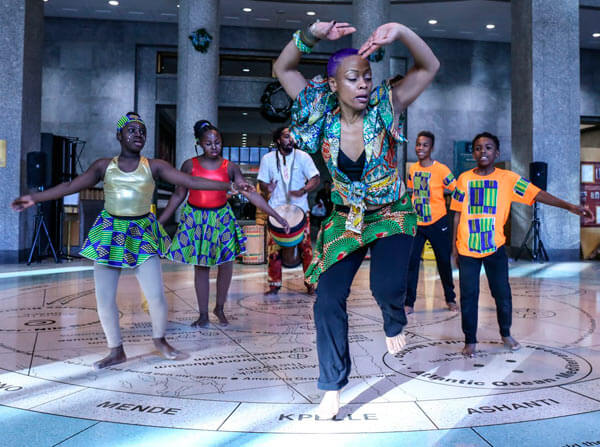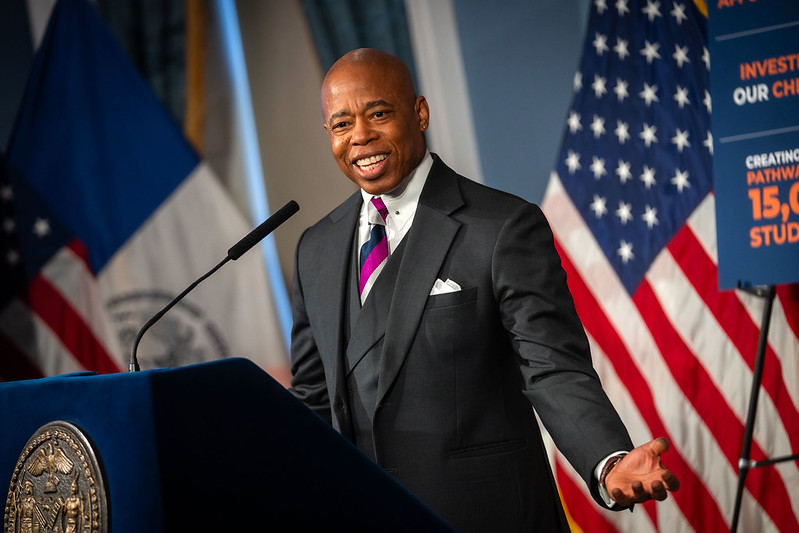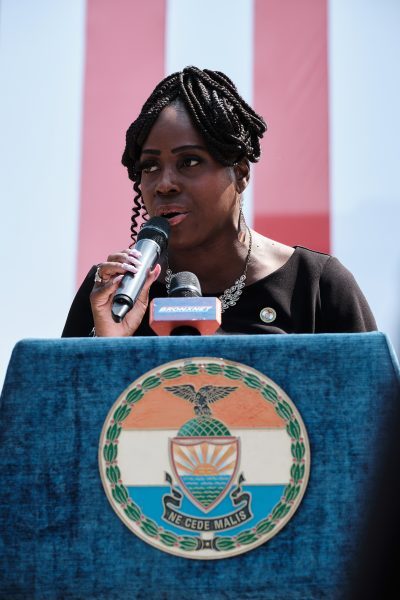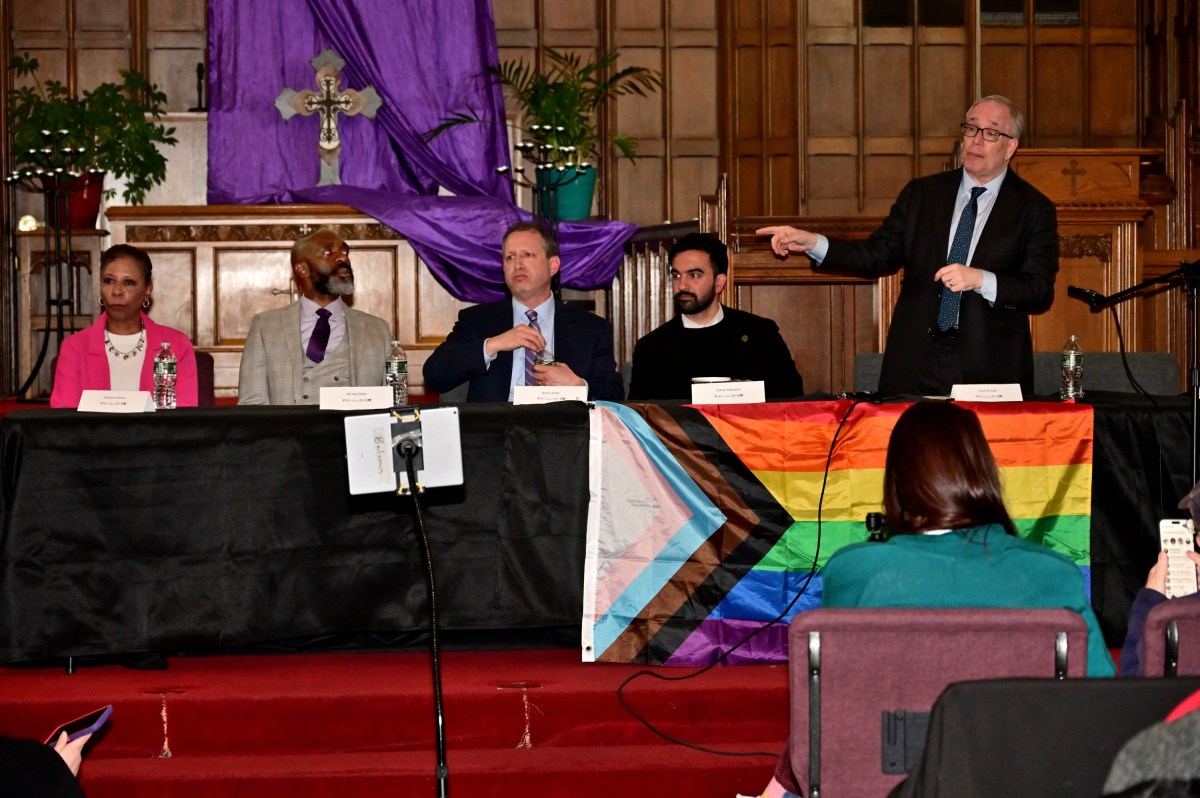The African Burial Ground National Monument’s visitor center, 290 Broadway in Manhattan is open Tuesday through Saturday 10 am – 4 pm and has special programming year round. It is truly a center that celebrates the African Diaspora.
On Monday, Jan. 15, honoring Martin Luther Day Jr. on his 89th birthday, the film KING: A Filmed Record…Montgomery to Memphis by Ely Landau was shown in two parts. Additionally, historical audio and video were played throughout the day in the visitor center.
The African Burial Ground National Park Monument celebrated Kwanzaa with three days of family-friendly programming that honored African heritage in African-American culture.
Workshops, talks and musical performances were held at the center, which is in the Ted Weiss Federal Building, adjacent to the outdoor monument.
As part of the last day’s program in late December, Iris Wilson provided a history of Kwanzaa. With Brooklyn’s Cumbe Dance and percussionists on djembe, djun djun and songba drums, the young Cumbe dancers’ performance connected with the audience. And, this master dancer also urged audience members to dance with her and to the compelling rhythms.
Students from Ifetayo followed Cumbe. (Kwayera Archer-Cunningham founder of Ifetayo Cultural Arts Academy was honored in 2015 with a Caribbean Life Impact Award.)
Their Youth Ensemble of young adults danced with ferocity, a rendition from Sarafina. Drummers beat the rhythms on eight congas, each festooned with a flag from a different country of the Caribbean as well as accompanying dancers with African drums.
In 1991, during excavation prior to the construction of a federal office building at Broadway and Duane Streets in Manhattan, workers began to unearth dozens, and then hundreds, of sets of human remains, buried more than thirty feet below the street surface.
They learned that the remains were those of an estimated 15,000 Africans and Americans of African descent, both enslaved and free, whose burial had been forbidden within New York City limits during the 17th- and 18th-centuries. The neglected history of slavery and contributions of Africans in the city and in the North was brought to light.
Designated a National Historic Landmark in 1993, the African Burial Ground National Monument became a unit of the National Park System by Presidential Proclamation in 2006.
For the performances, the audience gathered in an expansive semi-circle in the ground floor rotunda of the Ted Weiss Building. They encircled the 40’ diameter, public art piece “New Ring Shout” by Houston Conwill, Joseph De Pace, and Estella Conwill, embedded in the floor.
Created with terrazzo and polished brass, the site-specific piece’s design is in the tradition of world ceremonial ground markings and the name is after the historical ring shout dance of celebration performed throughout North America and the Caribbean.
The work contains a multi-layering of patterns, symbols, texts, and languages and addresses issues of world peace, social injustice, human rights, and freedom, as well as the universal enemies of racism, oppression, violence, and poverty.
On this day, it provided the performance platform for the dancers.
The evocative outdoor monument is closed for the winter and reopens April 3. For more information, visit www.nps.gov/


























